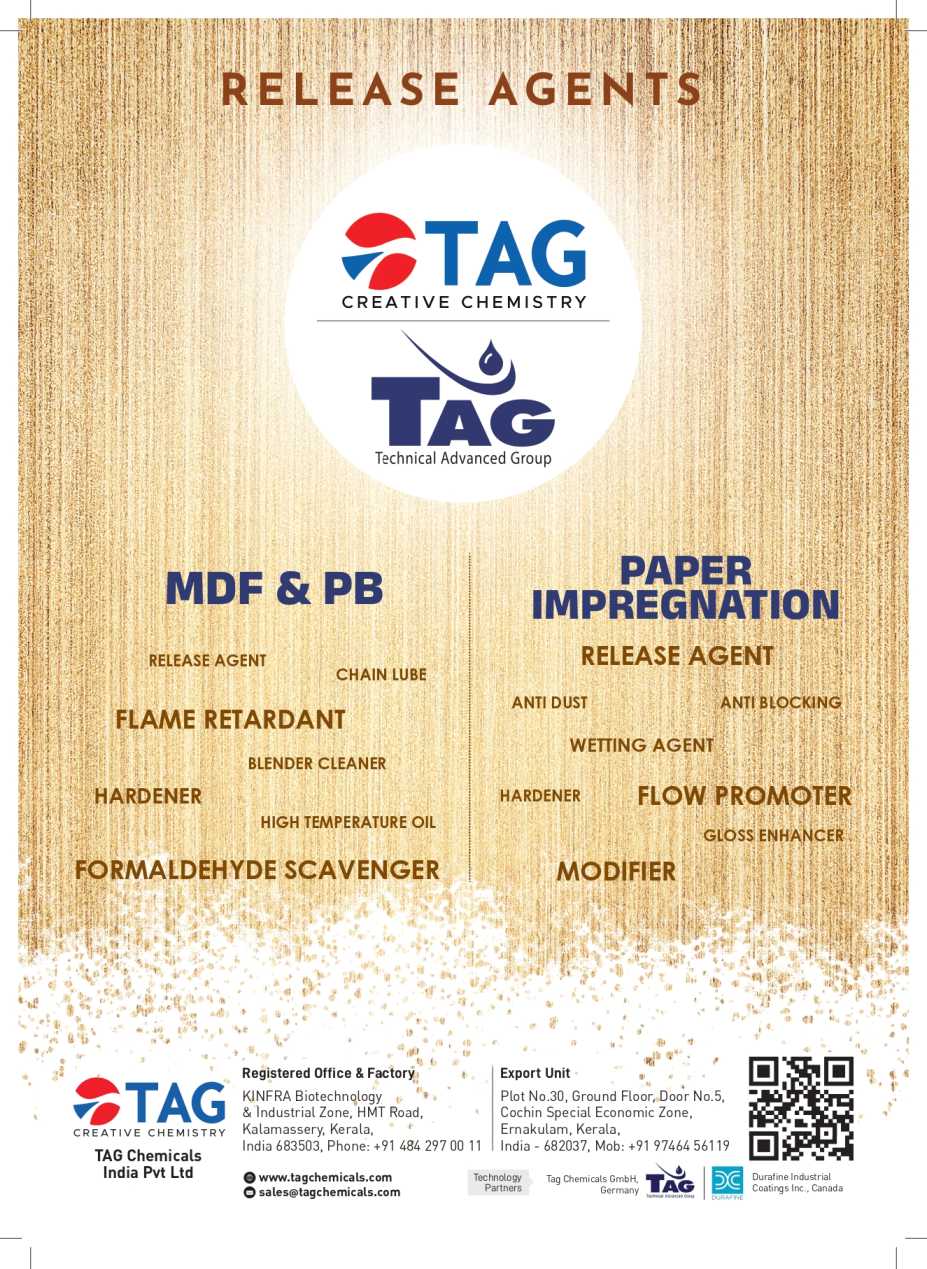
Why MSME package won’t make small businesses atma nirbhar
- अगस्त 28, 2020
- 0
Why MSME package
won’t make small businesses atma nirbhar
One of the key components of the government’s Atma Nirbhar Bharat stimulus package to boost the economy, announced in mid-May, was a set of relief measures for micro, small, and medium enterprises (MSME). The move was ostensibly aimed at small businesses that were hit hardest by the pandemic-induced lockdown.
However, given that this relief was accompanied by definitional changes that favoured larger firms, the benefits of the Atma Nirbhar package are unlikely to flow to the large number of small businesses that make up the bulk of the MSME universe, analysis suggests.
The definitional changes by the government included the abolition of the distinctions between manufacturing and services firms, changes in the upper limit for investment in plant and machinery to qualify as an MSME, and the introduction of turnover as an additional criterion.
Analysis shows that the new definitions have put several erstwhile ‘large’ firms within the MSME bracket even while excluding some small firms from the same universe.
The total number of firms in the MSME universe goes up by 30% to 14,133 with the revised definitions. The bulk of the new entrants are in the largest sub-segment (medium enterprises), and a small fraction in the micro segment. The small segment actually saw 496 firms (nearly 9% firms) excluded based on the new definition.
It is instructive to compare the size of the potential beneficiaries with the registered MSME sector.
When one considers the larger MSME universe, which includes unregistered and informal small businesses, the gap between the beneficiaries of the Atma Nirbhar package and the average small business appears even wider. The MSME ministry annual report says the MSME sector includes the entire non-agricultural informal sector consisting of 63.4 million enterprises, contributing 29 per cent of GDP in 2015-16. However, the proportion of units registered with the official agencies – eligibility for government assistance – form a miniscule fraction of the total. It is worth noting that even under the earlier norms and credit relief programs, only a small creamy layer of MSMEs garnered most of the benefits, given the wide disparities within the registered MSME sector.
95 percent of the registered MSMEs are micro units, and 90 percent proprietary concerns. Medium-sized enterprises constitute just 0.2 percent of the number of units but nearly half of them are corporate entities, and hence typically have much better access to credit subventions and other government aid.
The new definitions will only add to the pre-existing disparities, and channel even more funds away from genuinely small firms. In contrast, a sizeable number of medium-sized corporations stand to gain from the new definitions.
The government claims that the Atma Nirbhar stimulus package is meant to help small firms. Our analysis suggests that the package is in effect a corporate subsidy that will do very little for the really small firms.

































































